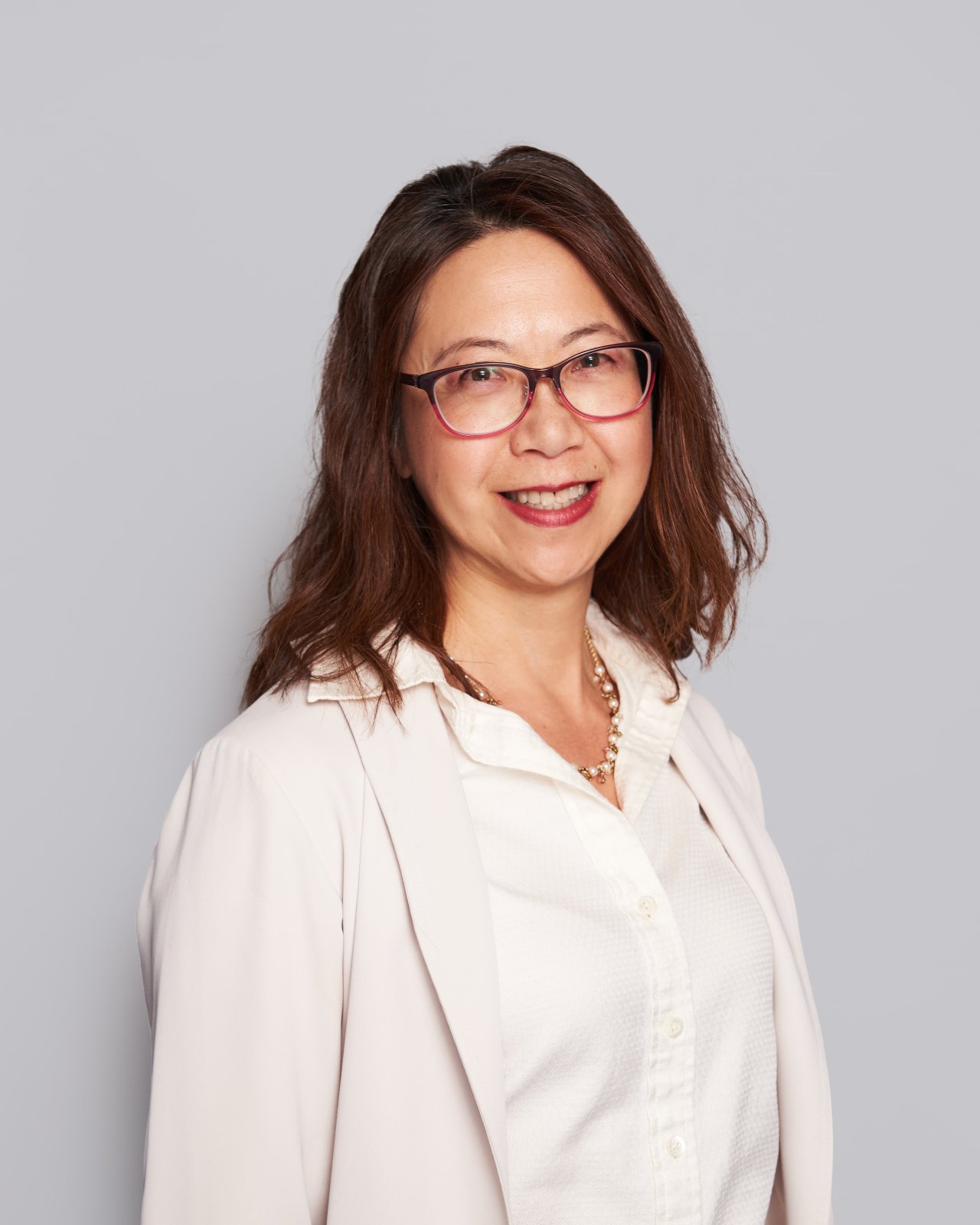When Burnaby family physician Dr Geetha Samuel has a dilemma in her clinic, she knows who to call: Practice Improvement Coach Sophia Tanaka.
The two have worked together on several quality improvement (QI) projects, such as group medical visits to reduce scheduling impact.
“Her support gave me out-of-the-box ideas—such as large group patient meetings, which have helped my practice and patients overall,” Dr Samuel says.

Pictured: PSP Coach Sophia Tanaka
As an FPSC Practice Improvement Coach, Tanaka offers support and guidance to family physicians on how to approach QI projects in manageable and sustainable portions with measurable outcomes, as well as offering support for foundational aspects of a family practice such as practice workflow, scheduling, EMR use, and panel management. Her services range from helping physicians enhance their use of health technology, improve workflows all the way to proactively managing their patient panel.
The Practice Support Program works with physicians to meet their specific practice needs, on their schedule. Physicians usually come to Tanaka through the Burnaby Division of Family Practice or through events and referrals from other physicians. For information and support with their practice needs, physicians can also visit the PSP and DTO webpages or submit a service request here.
Tanaka says she loves helping physicians come up with solutions. In every case, Tanaka says she works hard to get to know the family physician personally to ensure she provides the support they need.
“I come with a coaching hat and ask a lot of questions” says Tanaka, who completed her BC Organizational Coaching certification this year. “Physicians understand their clinic environment the best and their patient panel and what will work for them.”
Tanaka believes her work provides physicians with more confidence—whether it’s using their electronic medical record more effectively to make clinical decisions, being more in control of scheduling, or feeling assured that fewer patients are falling through the gaps in their care.
In another project, a physician had some health issues and had to reduce her practice size. Tanaka, who has access to resources within Doctors of BC and the Division, helped the physician reduce her patient panel size, while ensuring the patients were transferred to other family physicians…
“At the end of the day she was able to keep practicing and she was able to maintain a healthy work life balance, and her clinic staff were happy because patients weren’t calling to complain,” Tanaka says.
Tanaka says it’s all about taking small steps. Every project begins with a small segment of the patient population to find out if works or if it should be abandoned. If it’s successful, it’s rolled out to the patient panel.
“By doing these tests of change, the risk of the impact is contained before we implement it broadly,” Tanaka says.
Dr Samuel says she appreciated Tanaka’s guidance on how to approach QI projects in manageable and sustainable portions as well as how to measure outcomes.
Tanaka cites one project involving preventive screening. The physician was concerned about not regularly calling back patients about mammograms because BC Cancer was doing it. There was worry patients may not be following up with BC Cancer, and, without early detection, this could impact a patient’s life and treatment.
The QI project involved having the physician recall about 10% of the patients eligible for mammograms within three months. The project included identifying eligible patients, by running reports through the EMR, and then engaging their MOA to support steps that fall under MOA tasks and responsibilities.
The outcome: a test result came back positive, allowing the physician to offer treatment.
“I get so much satisfaction in knowing physicians are receiving more professional satisfaction, more joy in the work they do day-to-day and more engagement with their work and their patients,” Tanaka says.
“I have had multiple physicians say to me, ‘we saved a life today, and I feel happy and honoured to be part of that.’”
-
Looking to get involved in a quality improvement project? Here are six projects to get you started.
-
Establish, improve or test your clinic processes to:
- Recall patients with chronic diseases, such as diabetes and/or hypertension.
- Collect and document a patient’s clinical details, such as smoking status, height and weight, and blood pressure.
- Update patient contact details and administrative information, including email addresses, preferred pharmacy, and virtual care consent forms.
- Increase the use and documentation of in-clinic screening tools, such as mental health and frailty assessments.
- Standardize routine cancer screening for FIT, pap, and mammograms.
- Improve clinic administrative workflows to decrease e-referral rejection and decrease appointment wait times.
